This Seed Bank Preserves Biodiversity by Opening Its Doors to Farmers
The Ethiopian institution pioneered a new model.
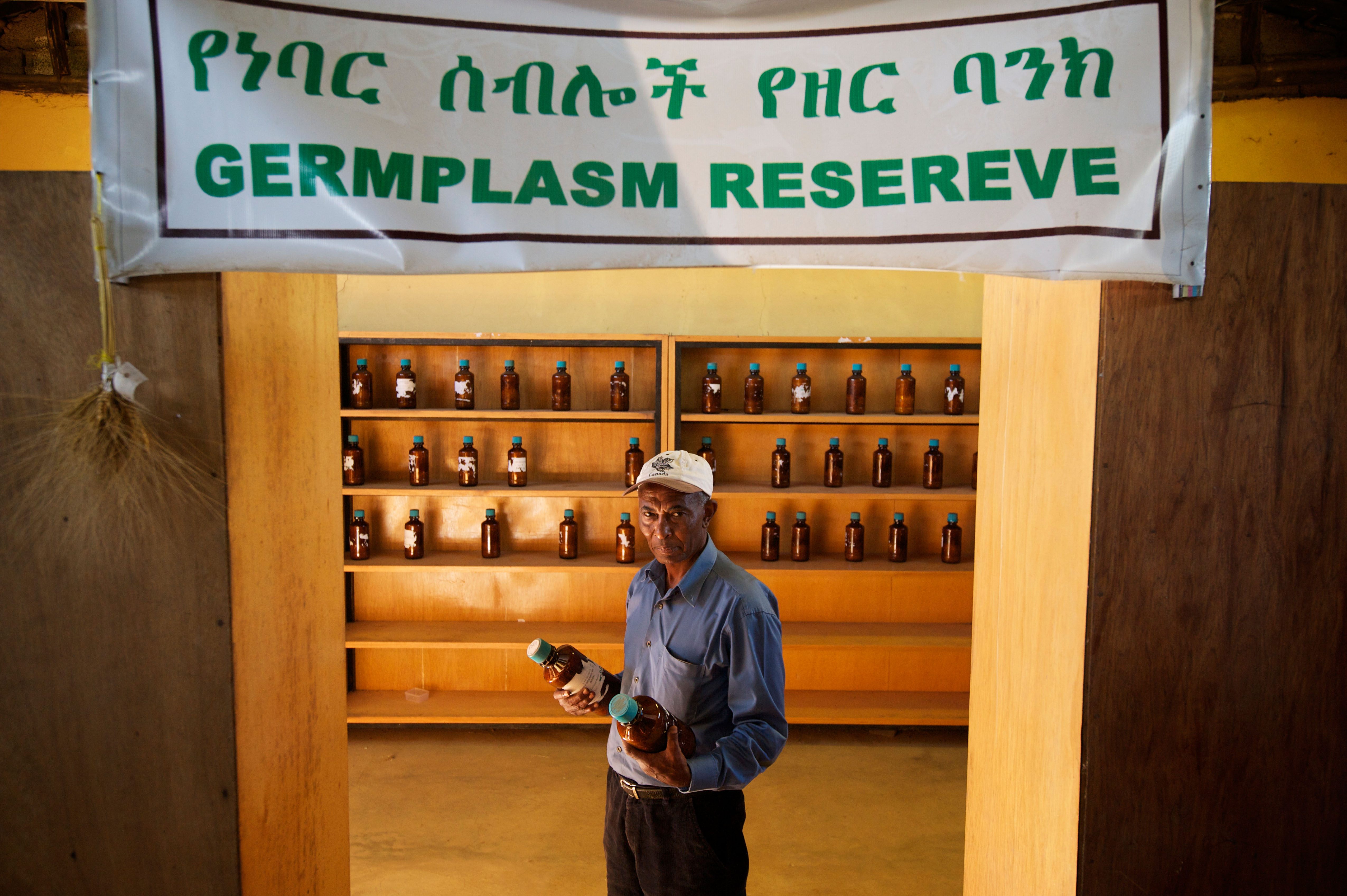
Housed in the nondescript office buildings of the Ethiopian Biodiversity Institute are a series of cryogenic vaults that, together, contain the largest and most important collection of plant seeds in sub-Saharan Africa. Located in the capital city of Addis Ababa, the facility stores seeds for more than 62,000 varieties of native plants related to horticultural production alone.
When it was founded in the early-1980s, the EBI became the world’s first living seed bank. This is in contrast to the Svalbard Global Seed Vault, which is housed underneath thick ice not far from the North Pole, and is essentially a bunker meant to protect seedstocks against global calamity. By partnering with local farmers, the EBI instead “stores” a minimum of 40,000 additional varieties by keeping them alive and growing in fields.
“From a global perspective, the single focus of gene banks seems to be on collecting and preserving whatever samples they can find, and they call that conservation,” agronomist Melaku Worede told an interviewer in 2009. The 82-year-old helped found the EBI and received a Right Livelihood Award (commonly known as the Alternative Nobel) for his work as its first director. “We, on the other hand, believe in conservation through use, in keeping diversity alive as you use it.”

Worede says the approach is particularly important for a developing nation like Ethiopia, which features a cornucopia of native crop diversity. As one of the world’s eight primordial hotbeds of agriculture, the country is recognized by horticulturalists as a Vavilovian Center of Diversity. The distinction is awarded to regions that first developed and subsequently disseminated some of the world’s most important domesticated crops.
“For millennia, the insulation and natural interconnectivity of indigenous farming communities in Ethiopia both protected and led to the creation of tremendous crop diversity,” says agronomist Henk Hobbelink, 62. Co-founder of the international nonprofit GRAIN, he has spent the past 30 years working with small farmers to preserve global crop diversity. In the late 1980s and early 90s, he was instrumental in early iterations of the EBI. “Farmers relied on diversity to provide a varied diet and insure them against catastrophe,” he continues. “By planting many varieties of the same crop [sometimes dozens in a single plot] and saving seeds from the season’s best performers, they encouraged genetic adaptation relentlessly.”
As Ethiopian farmers improved their crops and cultivated new varieties, they stored their seeds in large clay jugs and cataloged them according to use. Over time, the villager-farmers created community seedstocks adapted to localized conditions including rainfall, average temperature, soil makeup, performance, and palatability. Exchange through trade and migration meant varieties were cultivated in new areas, establishing additional diversity. This process continued well into the 20th century and, in some places, goes on to this day.
“A great example of this process is teff,” says Hobbelink.
Similar to quinoa or millet, Ethiopians raise the hardy grass for its edible seeds, which they use to make injera, a beloved form of flatbread. Though the country’s growing conditions are extremely diverse—ranging from deserts to cool mountain highlands to tropical forests—if there’s a farm, you can bet a variety of teff has been adapted to grow there.
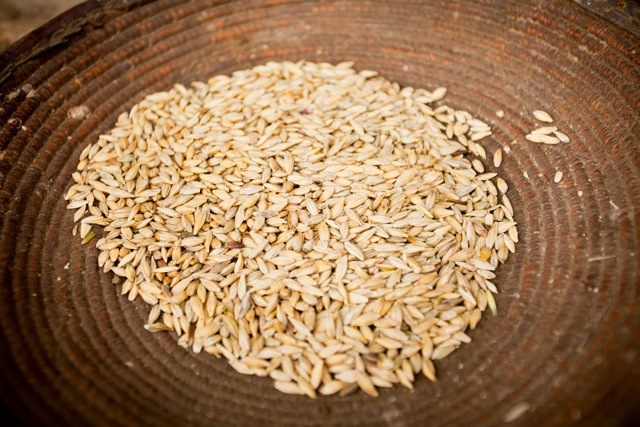
“Teff was one of the earliest domesticated crops, and there are literally hundreds of varieties cultivated in Ethiopia,” says Hobbelink. “Furthermore, the farmers can differentiate between them; they know their characteristics and can tell you which ones are best for growing where.”
With the so-called Green Revolution of the 1950s and 60s, all this was threatened. In America and Europe, agriculture had shifted toward corporate models that relied on heavy mechanization, lab-developed varieties of high-yield crops, monocultures, and chemical fertilizers and pesticides. As an institution, small-scale farming was viewed as dangerously antiquated. Leaders such as American agronomist Norman Borlaug, whose efforts won him a Nobel Prize in 1970, worked tirelessly to spread the new technologies to developing nations.
“In application, this entailed scientists from the rich countries coming in and replacing traditional seeds with hybridized varieties,” says Hobbelink. In time, corporatized systems would render indigenous farmers obsolete. Hunger would thus become a thing of the past.
However, the upgrade carried unforeseen costs. As farmers shifted toward growing a handful of varieties of corn, soybeans, and wheat, native seedstock was abandoned. Crop diversity disappeared at a staggering rate.
“Though we don’t have specific figures, the scientific consensus is that 75 percent of the world’s crop diversity was lost over the course of the 20th century,” says Pat Mooney, a plant genetic resources expert with the Action Group on Erosion, Technology and Concentration. “In one instance, when a high-yield variety of rice was introduced to South Asia, more than 100,000 native varieties went extinct within a couple of years.”

Scientists were alarmed. To create new varieties of plants, agricultural researchers needed genetic material. Still, with its promise of big yields, profitability, and reduced work, the Green Revolution was spreading at a breakneck pace. In an effort to preserve crop diversity for the future, the world rushed to install seed banks.
In Ethiopia, though, Worede saw this remedy as insufficient. He believed farmers’ knowledge and know-how of their crops was an equally important part of biodiversity—a resource that couldn’t be warehoused. He urged small farmers to hold tight to their seeds and traditions.
“Melaku felt the idea that farmers should turn to international corporations to purchase seeds, equipment, and the synthetic materials needed to make them grow was ludicrous,” says Hobbelink. For Worede, it was essentially a hostile takeover: Western corporations were seeking to expand into new markets and create a monopoly under the guise of progress. “The biggest problem was that these crops were engineered not to produce viable seeds, so seeds would have to be bought anew each year,” says Hobbelink.
From Worede’s point of view, this would turn self-sufficient farmers into agricultural consumers. Furthermore, the methods seemed to view environmental degradation as collateral damage.
“Though the seed banks technically had a goal of preserving diversity, most of them were keeping seeds frozen and ex-situ,” says Mooney. Divorced from farmers’ fields and natural pressures such as disease and climate change, the varieties can’t adapt or evolve. Were they to be planted 100 years from now, their chances of survival would be slim. “Melaku advocated a very different approach,” Mooney continues. “He thought that scientists should adopt a model of active participation and work with farmers to keep the seeds in rotation. That way, you can preserve copies in a central bank, but add new varieties as they’re developed in the fields.”
Raised in an Ethiopian farming village, Worede received a Ph.D. in agronomy from the University of Nebraska. Upon observing U.S. factory farming practices and academic attitudes toward traditional farming communities, he became deeply disturbed.
“The attitude was, ‘This is the future of farming,’” says Worede. “There was an arrogance; the scientists were dismissive of farmers.” But for him, this discounted 10,000 years of practical knowledge and experience. “Farmers were the original scientists,” he says. “They understand far more about these plants than someone in a white lab coat ever will.”
Returning to Ethiopia, Worede had an unprecedented idea. He believed that partnering with farmers’ seed banks could empower existing agricultural communities to become powerful resources for the preservation and innovation of crop diversity.
How would it work? Agronomists would learn from the farmers, and vice versa. The latter would serve as researchers in the field. The former would facilitate collaboration among farming communities, study and catalog farmers’ findings, and play a supporting role by disseminating information and varieties, and providing additional resources and on-the-ground assistance.
In 1976, a partnership between Germany and the Ethiopian government led to the establishment of a plant genetic resources center—i.e. seed bank—and Worede was named the program’s director. Initially the mission was straightforward: to acquire copies of native seeds and circulate knowledge of modern best practices among farmers. But when a vicious drought struck in the early 1980s, that changed.
Food was so scarce that rural farmers were being forced to eat seeds they typically saved for spring planting. So Worede mobilized the organization’s staff. Tearing through the countryside on motorcycles and in jeeps, he was determined to help save the farmers and, with them, millennia of Ethiopian crop diversity.
“We traveled to villages and exchanged grain for the farmers’ seeds,” says Worede. “When it came time to plant, we promised to give the seeds back to them.”
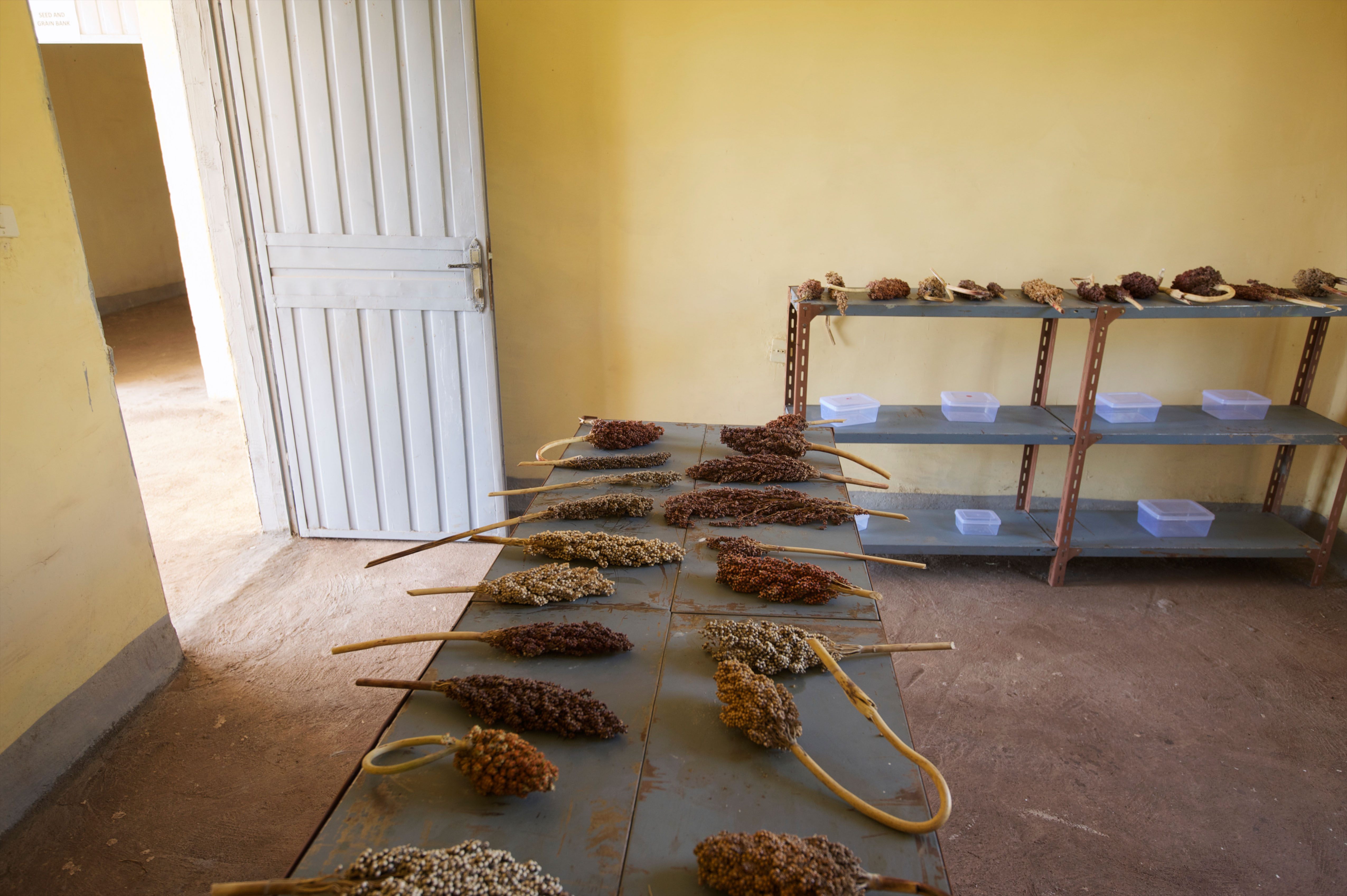
The crisis and outreach had unforeseen benefits. For one, the institute now possessed a comprehensive collection of seeds. But more importantly, a direct relationship with the farmers had been established. The value of that connection became apparent as Worede returned the seeds.“In many instances, the scientists had lumped together seeds that were actually very different,” says Hobbelink. “Melaku would go to return them and the women [who in Ethiopian farming communities are responsible for managing and storing seedstocks] would poke fun at him for combining the different types. We couldn’t tell the difference. Yet here were these women, naming what were, for scientists, undiscovered varieties. And not only that, they could tell you their specific characteristics, the conditions they were adapted to, and their uses.”
One of Worede’s favorite examples is a variety of sorghum known among Wollo farmers as wotet begunche, or “milk in my mouth.” Extremely high in protein, the variety was cultivated to nourish children and pregnant women. What’s more, trade had spread it across the country. Prior to talking with farmers, scientists didn’t know the plant existed, much less that it had been adapted for use throughout Ethiopia.
By 1989, Worede had effected a pioneering transformation by partnering directly with farmers. That year, Worede was presented with a Right Livelihood Award for “preserving Ethiopia’s genetic wealth by building one of the finest seed conservation centers in the world.” His work with farmers was cited as foundational to the achievement.
Today, conservationists look to Worede’s work and the Ethiopian Biodiversity Institute as a model for preserving horticultural diversity. The institution has grown to include 21 community-based genetic resource centers across Ethiopia, including 17 for the study and collection of wild and medicinal plants.
“When Melaku started doing all this, he was condemned as being anti-science,” says Hobbelink. “And yet, if you attended a United Nations’ meeting about crop diversity in 2018, you would have invariably heard his work referred to as setting the modern standard in terms of true conservation.”
Gastro Obscura covers the world’s most wondrous food and drink.
Sign up for our email, delivered twice a week.







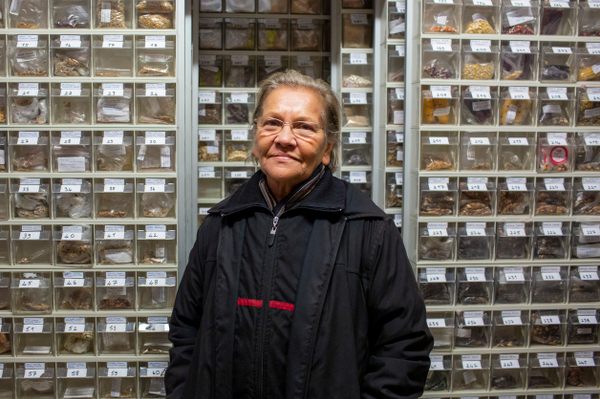






















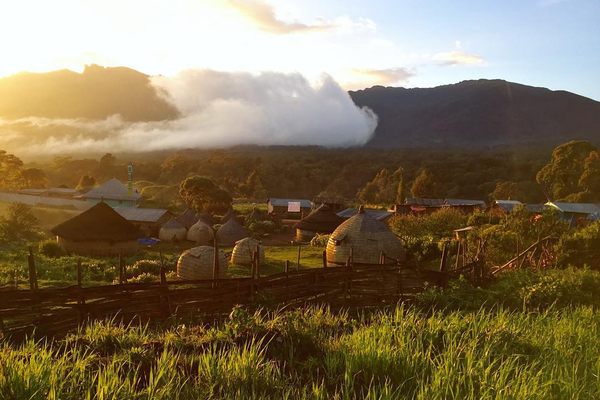





Follow us on Twitter to get the latest on the world's hidden wonders.
Like us on Facebook to get the latest on the world's hidden wonders.
Follow us on Twitter Like us on Facebook